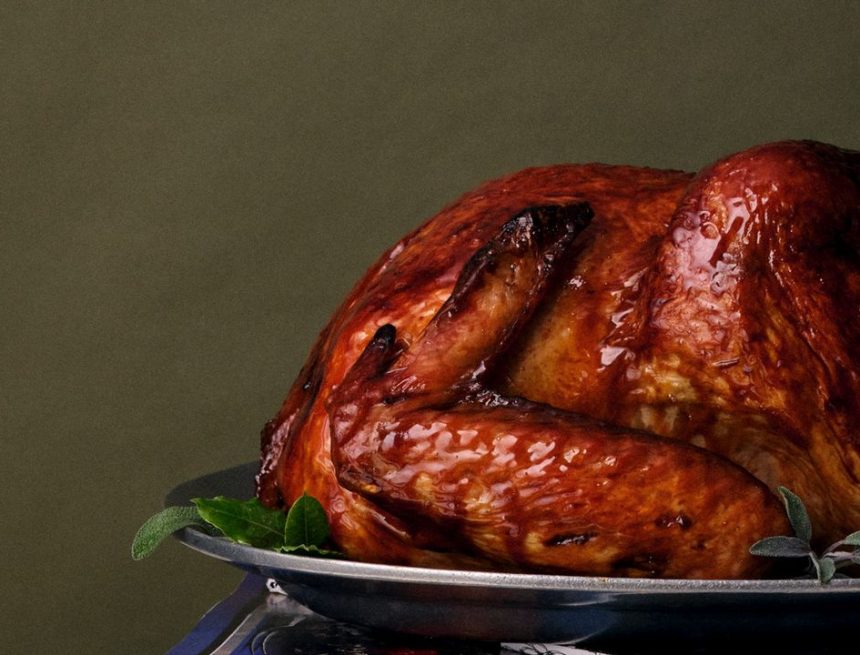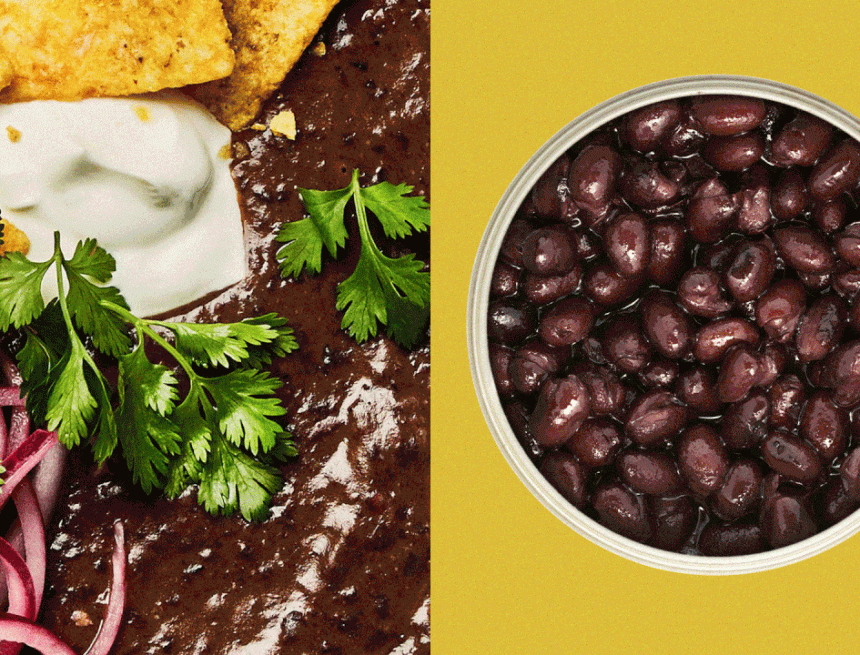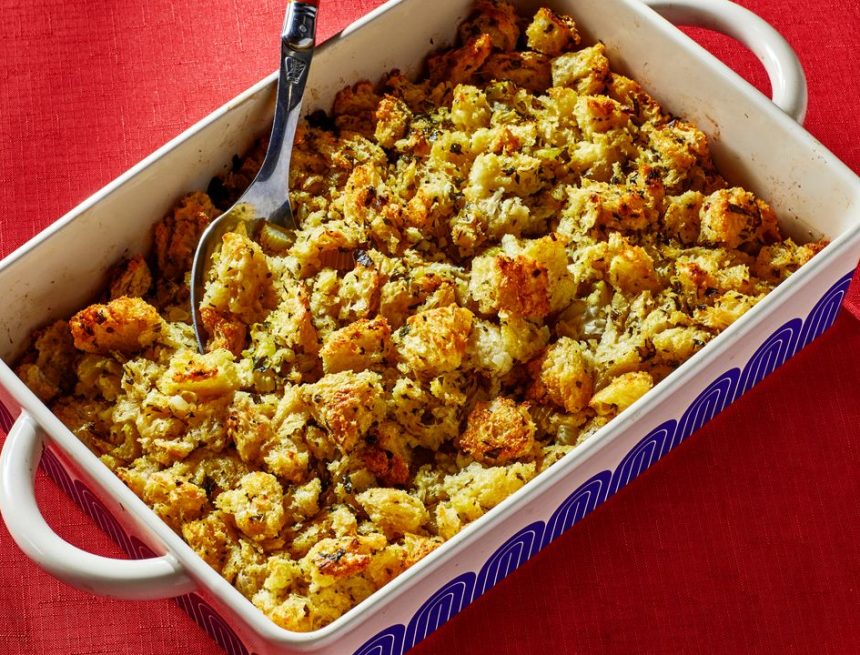These Shapton stones only require a few drops of water before they’re ready for sharpening, and that means you can re-sharpen your knives whenever you want. The other week, I wanted picture-perfect slices of carne asada to photograph, and I was able to touch up my blades in under a minute while the steak was cooling on the cutting board. Because the stones aren’t fully soaked to the core, they also dry quickly, and can be stored in their vented case right after use. My steak looked beautiful in perfectly pink, medium-rare strips, and no one was the wiser that I had a last-minute panicked sharpening session. Since the cases also double as rubber-footed stone holders and stack for easy storage, it took almost no time to set them up and put them away.
Jesse Raub
But I’m getting ahead of myself. Sure, they’re low-maintenance and easy to store, but what about performance? With some assistance from the angle guides, I easily touched up my entire knife rack to near factory-edge perfection with just 10 strokes on both sides of the blade, first on the rougher grit stone to sharpen the edge, and then on the finer grit stone to set it. The surfaces glide smoothly, even with just a few drops of water, and the knives came out sharp. I really loved the sharp right angles of the stones as well, which helped me keep perfect surface contact with the edge on each pass of the blade.
I was elated. But I’m also a fiend for honing my blades. How well would these stones sharpen a less-maintained knife? Or, for that matter, a downright abused one? Like, say, if someone were to saw away at some patio brick in their backyard with a bonus knife they had from their last review?
So there I was, hunched over under a blue sky, wincing as each pass along the brick dug into the knife and grated away its edge. Next, I set up my station one more time: a 1000-grit “orange” stone to remove metal and sharpen the edge, next to the 5000-grit “wine” stone to polish and set it. A few splashes of water, some positioning of the blade, and I gave it 10 strokes per side, running the edge forward up the surface and back for each stroke. A few more splashes of water on the fine-grit stone, and 10 more passes on each side. As I held up a piece of paper, I ran the now-sharpened knife along the edge. It cut—or started to—and then tore the sheet in half. Okay, maybe just one pass wasn’t quite enough. I repeated the process, and the second sheet was sliced in two in one neat motion. All in all, it took about 45 seconds to go from “so dull it bent paper” to “just about as sharp as my lovingly tended knives.” It actually took longer to dull the knife on the brick than it did to reshape and hone the edge.
Now, just because you buy in a new set of whetstones doesn’t mean your knives will become magically sharper. There’s definitely a skill level required to get the most out of this set. And this set isn’t cheap, either—at around $100, these two stones will set you back the same price as our favorite moderately priced knives. But if you’re willing to learn, and you’ve got the budget, it’s definitely worth investing in these Shapton Ha No Kuromaku whetstones to keep your knives as sharp as the day you got them. Or, at the very least, sharper than they are right now—that factory-perfect edge might only be achievable by a pro, but it’s not like you need to peel off see-through slices of shokupan with your knife. You’re just looking to make your steak tacos look great for the ‘gram. And in life, it’s good to set achievable goals.


